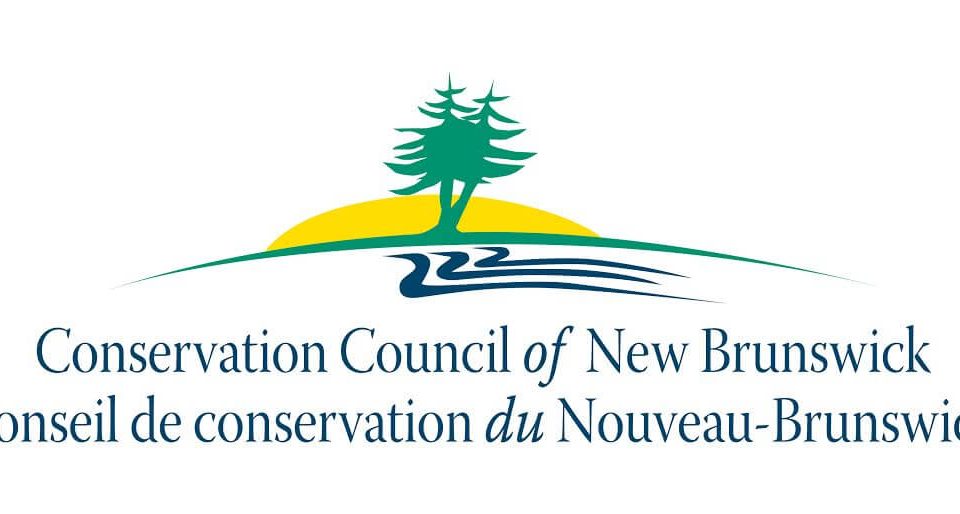Traditional territory of the Wabanaki Peoples/Fredericton – The proposed Sisson Mine is far from a “nation-building project.” Instead, this shortsighted project risks leaving New Brunswick with a massive industrial scar, major financial risks and long-lasting harm to our rivers and communities.
This project would create one of the world’s largest open-pit tungsten and molybdenum mines in the upper Nashwaak River watershed, on Wabanaki territory. It includes a huge open pit and a tailings waste site so large it would cover all of downtown Fredericton.
While being touted as “nation-building,” the sheer scale of this mine brings the potential for enormous consequences. The project still carries too many unanswered questions, too much long-term financial and environmental risk and too little benefit for the people who would bear the burden.
“Strong countries are built on healthy communities and clean water, not giant pits and toxic waste,” said the Conservation Council’s executive director, Beverly Gingras. “There is a legacy of short-term promises that turn into long-term problems in New Brunswick. With the Sisson mine, we just risk repeating past mistakes, not building a stronger province and nation.”
Weak economics, big risks
New Brunswickers have seen what happens when big projects move ahead without fully understanding the risks. Projects that once promised prosperity later left behind contaminated land, polluted water and huge clean-up costs. These legacies show what happens when short-term thinking outweighs long-term responsibility.
The thinking behind this project is clearly short-term. The rock at Sisson contains only tiny amounts of metal. To get anything useful, the company would need to blast and crush enormous amounts of earth, which makes the project costly and unstable. Tungsten markets rise and fall quickly, and mines like this often shut down early when prices drop.
And while New Brunswick would carry the risks, most of the profits would go elsewhere, including to the Todd family, one of the richest families in New Zealand and a major backer of the project.
Meanwhile, if the mine slows down or closes early, New Brunswickers could still be left with a huge, expensive cleanup. Treating polluted water, maintaining massive dams and monitoring toxic waste can last for generations. The short-term economics cannot make up for decades of financial risk.
“This project is not a steady, long-term economic development,” said Gingras. “It is a high-stakes gamble, and New Brunswick could be left paying the price.”
A giant industrial site above a beloved river
The mine would leave one of the biggest open pits ever seen in Atlantic Canada. The nearby tailings pond would spread across an area large enough to reshape the upper Nashwaak Valley. The dam holding this waste back would stretch for kilometres and stand taller than many buildings in the province.
All of this would sit above critical cold-water fish habitat used by wild Atlantic salmon and trout. The mine would permanently destroy parts of Bird Brook and Napadogan Brook, and the company’s plan to replace this habitat would not bring back what is lost.
With stronger storms, heavier rain and more flooding caused by climate change, placing such a massive waste site above communities makes the risk even more serious.
Real threats to community well-being
Meanwhile, families and communities in Stanley, Fredericton and along the Nashwaak and Wolastoq/Saint John River depend on clean water for drinking, fishing, paddling and tourism. A project of this size puts all of that at risk.
A tailings dam leak or failure at Sisson could send contaminated water downstream within hours. The impacts on families, farms, fish, wildlife and local businesses could be severe and long-lasting. The small number of permanent jobs cannot outweigh the risks to public health, community safety and one of the region’s most valued watersheds.
Yet, the company still hasn’t shown how it would keep a massive tailings facility safe over time, how it would protect water quality and quantity for generations, or how communities and taxpayers would be shielded from both environmental and financial harm.
A better path for true nation-building
True nation-building means investing in clean, safe industries that build long-term prosperity: renewable energy, energy efficiency, nature tourism, watershed restoration, sustainable forestry, and local innovation. These kinds of projects strengthen rural and urban communities, support stable jobs and protect the natural places that make New Brunswick special.
The proposed Sisson mine poses too many unanswered questions and too many long-lasting risks, with no guarantee that taxpayers or the environment will be protected. New Brunswick deserves development that builds our province up, not projects that could leave future generations with a costly, dangerous legacy.
“If we want to build a stronger Canada, we need projects that make our communities healthier and safer,” Gingras said. “Nation-building should leave a positive legacy, not a dangerous one.”
For more information, or to arrange an interview, please contact:
Kyle Reid, Senior Communications Coordinator, Conservation Council of New Brunswick | kyle.reid@conservationcouncil.ca | 506-458-8747
Beverly Gingras, Executive Director, Conservation Council of New Brunswick | beverly.gingras@conservationcouncil.ca | 506-458-8747
This story was brought to Nouzie by RSS. The original post can be found on https://www.conservationcouncil.ca/no-nation-building-project-sisson-mine-could-leave-lasting-scar-on-new-brunswick/




